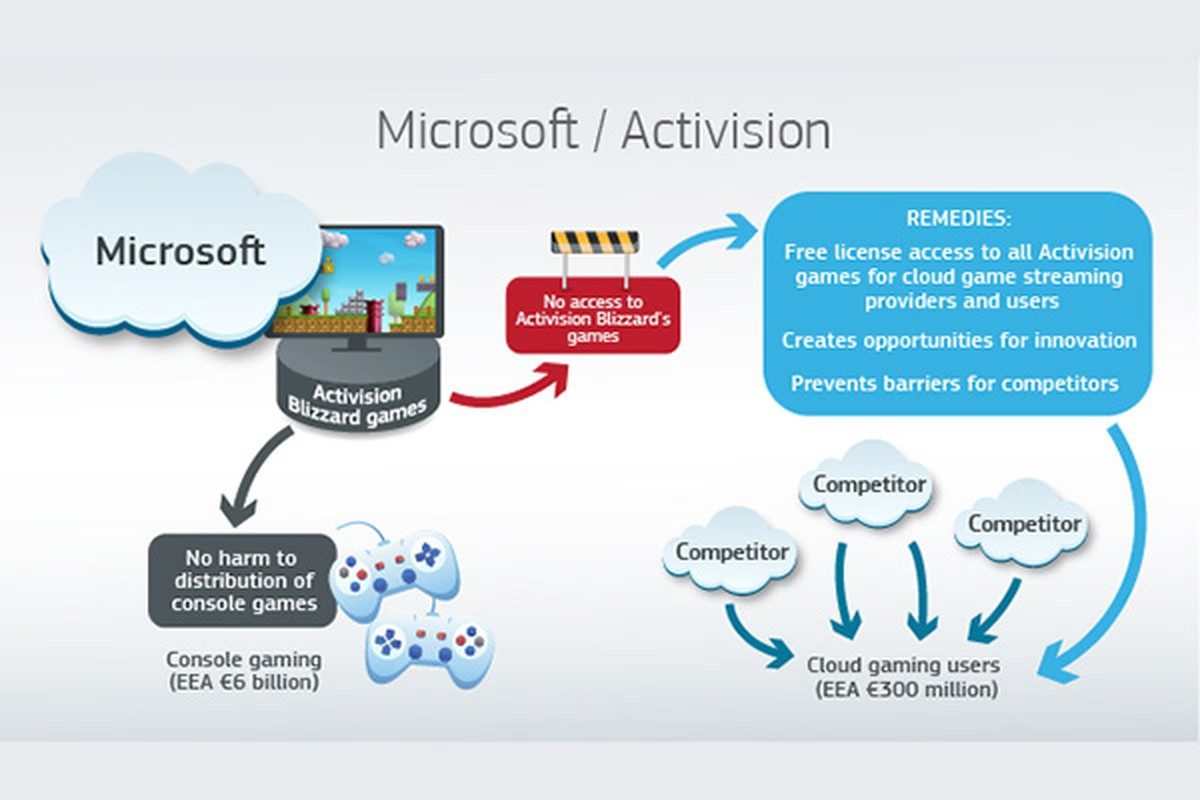The Global Scramble For Rare Earth Minerals: A New Cold War?

Table of Contents
The Critical Role of Rare Earth Minerals in Modern Technology
Rare earth minerals, a group of 17 elements, are not actually rare, but their extraction and processing are complex and challenging. Their unique magnetic, catalytic, and luminescent properties are indispensable for a vast array of modern technologies, making them critical for economic growth and national security.
Essential Components in Everyday Devices:
Rare earth minerals are essential building blocks in many technologies we use daily. Their applications include:
- Neodymium magnets: Used in wind turbines, electric vehicle motors, and hard disk drives. Their powerful magnetic fields are crucial for these applications.
- Dysprosium: Another critical element in electric vehicle motors, enhancing their performance and efficiency.
- Lanthanum: Found in hybrid vehicle batteries and catalytic converters.
- Cerium: Used in polishing materials and catalytic converters.
- Europium and Yttrium: Essential components in the vibrant colors of LED lighting and television screens.
The unique properties of these minerals, such as their strong magnetism and luminescence, make them irreplaceable in many high-tech applications.
Growing Demand and Supply Chain Vulnerabilities:
The demand for rare earth minerals is rapidly increasing, driven by the global transition to renewable energy, the proliferation of smartphones and other electronics, and the expansion of electric vehicle manufacturing. Global demand projections indicate a significant increase in the coming years, potentially outpacing current supply. This heavy reliance on rare earth minerals creates significant supply chain vulnerabilities, particularly given the concentration of production in specific regions. China currently dominates the rare earth market, controlling a significant portion of global mining, processing, and refining capacity. This dominance raises concerns about resource nationalism and the potential for geopolitical leverage. The risk of supply disruptions due to political instability, trade disputes, or natural disasters is a major concern.
Geopolitical Tensions and the "Rare Earth Mineral Race"
The competition for rare earth minerals is escalating geopolitical tensions, creating a new arena of strategic competition.
China's Dominance and its Geopolitical Implications:
China's dominance in the rare earth minerals sector presents significant geopolitical implications. Its control over processing and refining allows it to influence global prices and supply, creating potential leverage in international relations. Past trade disputes have demonstrated China's willingness to utilize its rare earth dominance as a bargaining chip in negotiations. China's strategic policies regarding rare earth exports and environmental regulations further impact the global supply chain.
Diversification Efforts and International Collaboration:
Recognizing the risks of over-reliance on a single source, many countries are actively pursuing diversification strategies. The USA, EU, Australia, and other nations are investing heavily in exploration, mining, and processing of rare earth minerals within their own territories or through strategic partnerships. However, establishing independent and sustainable supply chains faces significant challenges, including high environmental remediation costs and technological hurdles in processing. International collaboration is crucial to share best practices, facilitate technology transfer, and foster responsible mining and processing techniques.
The Environmental Impact of Rare Earth Mining:
Rare earth mining and processing can have significant environmental consequences. The extraction process often involves the release of toxic substances and radioactive materials, leading to water and soil contamination. The need for responsible sourcing and the implementation of stringent environmental standards are paramount to mitigate the negative impacts. Recycling rare earth materials from end-of-life products is becoming increasingly important to reduce environmental damage and enhance resource security.
The Future of Rare Earth Minerals: Securing Supply and Mitigating Risks
Addressing the challenges related to rare earth minerals necessitates a multi-pronged approach.
Technological Innovations and Recycling:
Technological advancements offer potential solutions. Improved extraction techniques, more efficient processing methods, and innovative recycling processes can significantly enhance resource efficiency and reduce reliance on primary mining. Research and development focusing on alternative materials and substitution strategies are also crucial. The economic viability of rare earth recycling is improving, offering a sustainable path to manage these resources effectively.
International Cooperation and Policy Implications:
International cooperation is key to securing a stable and sustainable supply of rare earth minerals. This includes establishing robust regulatory frameworks, fostering technology transfer, and promoting responsible mining practices. International agreements and the involvement of organizations like the OECD can play a significant role in coordinating efforts and ensuring transparency and accountability throughout the supply chain.
Conclusion:
The global scramble for rare earth minerals highlights the growing geopolitical tensions surrounding these critical resources. The concentration of supply, coupled with rising demand, creates vulnerabilities and the potential for conflict. Diversification of supply sources, sustainable mining practices, technological innovation, and strengthened international cooperation are essential to mitigating these risks and ensuring a secure and responsible future for rare earth minerals. Understanding the complexities surrounding rare earth minerals is crucial. Stay informed about the global scramble for these essential resources and advocate for policies that promote responsible sourcing and international collaboration. The future of many key technologies depends on our ability to manage the challenges related to rare earth mineral supply responsibly.

Featured Posts
-
 Andor Season 2 Exploring The Possibility Of Rebel Appearances
May 17, 2025
Andor Season 2 Exploring The Possibility Of Rebel Appearances
May 17, 2025 -
 The Ftcs Appeal Against The Microsoft Activision Merger Key Details
May 17, 2025
The Ftcs Appeal Against The Microsoft Activision Merger Key Details
May 17, 2025 -
 Trumps Presidency A Look At The Impact Of Multiple Affairs And Sexual Misconduct Allegations
May 17, 2025
Trumps Presidency A Look At The Impact Of Multiple Affairs And Sexual Misconduct Allegations
May 17, 2025 -
 Impact Of Injuries Giants Vs Mariners Series April 4 6
May 17, 2025
Impact Of Injuries Giants Vs Mariners Series April 4 6
May 17, 2025 -
 Us Tariffs Reshape Honda Production A Canadian Advantage
May 17, 2025
Us Tariffs Reshape Honda Production A Canadian Advantage
May 17, 2025
